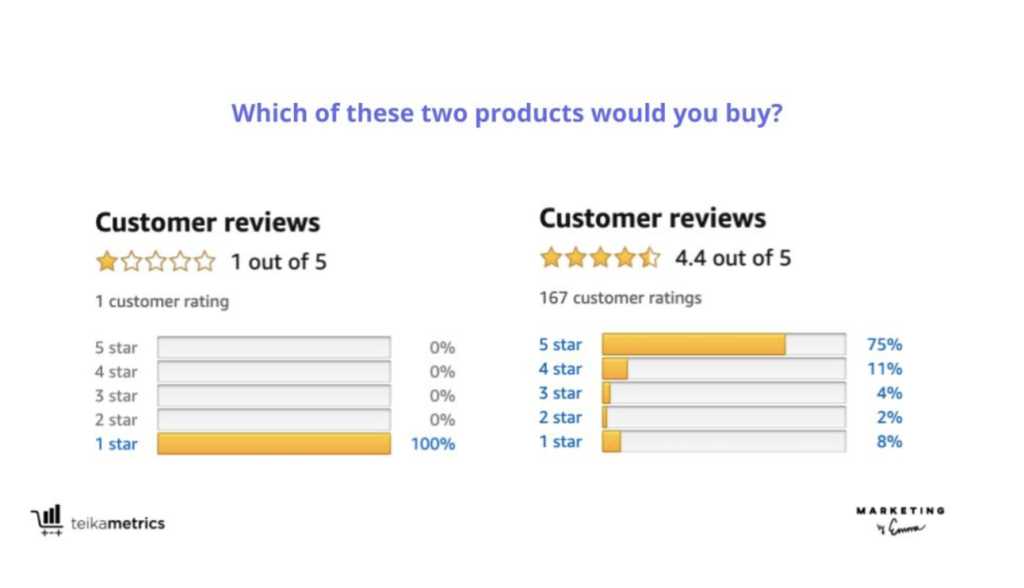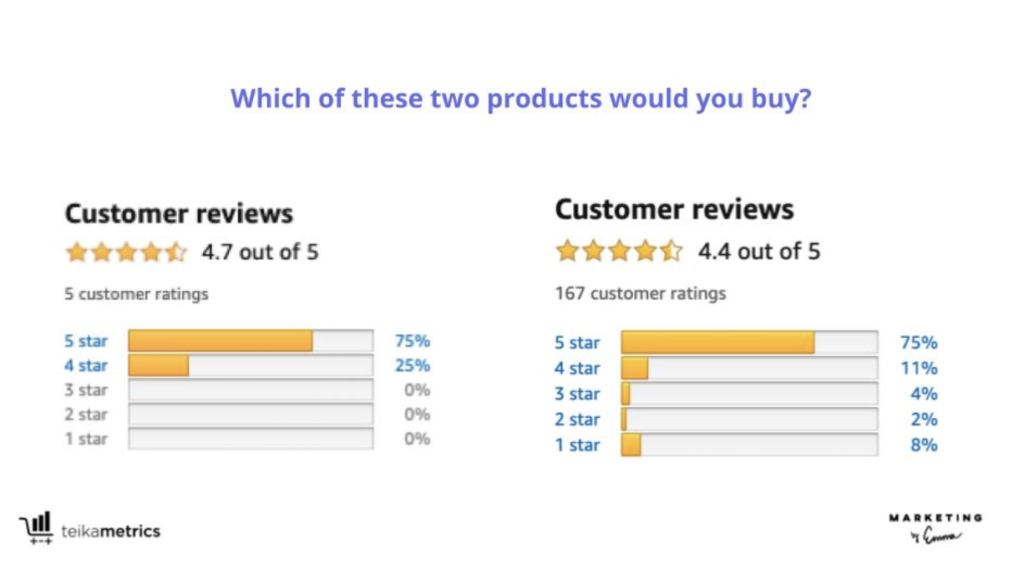Prefer to learn by watching a webinar? Check out the replay of the Grow Your Amazon Business webinar to hear me explain what you need to consider to be sure your products are advertising-ready.
Some things are like riding a bike. Wanna know why? Because the mechanics of riding a bike never really changed. Think about it: over the course of your lifetime, how extreme have bicycles evolved? Sure, they may be lighter now with more fancy gears and aerodynamics, but the actual functionality of propelling a bike forward is the same as it has ever been.
Knowing how to advertise on Amazon is… not like riding a bike. Why? Because it seems as soon as you get the hang of it, stuff changes. That doesn’t mean you can’t master it at the stage you are in right now; you just have to be adaptable.
Learning the best ways to advertise on Amazon is incredibly important at this current stage in the game because the competition is more fierce than ever. Do you know how to determine if your products are ready for advertising? Because if you aren’t sure, then the answer is “no” and you definitely don’t want to waste time and ad spend, spinning your wheels trying to advertise a product that’s not yet ready for market.
Things to Consider Before You Advertise on Amazon
Any seasoned Amazon seller would vouch for how expensive ad spend can be, both on and off the platform. In fact, effective marketing strategies may be the highest investment you make in your business, which means it has to execute properly to establish a good ROI.
So, what do you need to do to ensure your products are advertisement-ready?
- Make sure you have an inventory management plan
- Understand when you’re winning the Buy Box
- Have plenty of good reviews and polish your listings until they shine.
Let’s start with the first one on the list…
How to Manage Amazon Inventory?
The Amazon FBA process checklist that we cultivated is a good way to start. That means, first and foremost, having a steady stream of inventory before you put a significant amount of money behind advertising.
If you are about to stock out or are experiencing difficulties with supply-chain infringements and managed to set up efficient advertising, you’ll probably sell through your inventory significantly faster than if you relied on organic search, alone. If you stock out (meaning you run out of inventory), you risk losing organic ranking on Amazon which is really difficult to recover. So it’s important to have an inventory management plan. Your plan should also include paying attention to overstock and potential high, long-term storage fees from Amazon. Don’t forget to factor returns into your inventory management.
Winning The Buy Box on Amazon
The next thing to pay attention to when preparing to launch a new advertising strategy on Amazon is the Buy Box. Running Amazon ads for your company can be a complete waste unless you have ownership over the Buy Box. This is the section of your detailed page that exhibits the “Add to cart” or “Buy now” option.
It’s very trusted by shoppers on Amazon (with many not even being aware there are other buying options), so people are most likely going to make a purchase from whoever is winning the buy box. This is really important – not just because of the built-in trust with customers, but also because if you’re not winning the buy box, Amazon won’t serve your ad. Thus, it would be a complete waste of money.
Reviews
If your inventory is in stock, you’re winning the Buy Box, and your ads are driving customers to your listing, but when they see sparse reviews, they may choose a different product.
To drive this point home, which of these two products would you buy?

The product that you’ll most likely purchase is the one that has 4.4 stars and drastically more reviews.
What about these two products?

Even though the ratings are very close, a shopper is more likely to choose the one with 167 ratings. People don’t want to be guinea pigs. They don’t want to buy a product that’s been reviewed by only a few people, particularly since many Amazon customers don’t trust the authenticity of a few reviews. They’d rather buy a product that has positive reviews from many purchasers.
Incentivized reviews are not permitted on Amazon. However, there are Amazon-authorized ways to ask for reviews. Make sure that you read the fine print from Amazon and that you are in compliance if you’re gaining review traction.
Negative reviews are going to happen. If you’re running a large volume of sales eventually someone’s going to have a reason to complain. The best practice is to treat this as a customer service situation and reply generously and gracefully to the negative review in order to let other shoppers know that you are responsive.
Listings
Trying to effectively advertise your products on Amazon won’t work if your listing isn’t optimized. Just because the product is great doesn’t mean it’s going to be discovered on Amazon and it doesn’t mean once it gets discovered it’s going to be purchased.
Remember: Your optimized keywords on Amazon are like the North Star to your detailed page. However, it’s the images and content that actually convert those views into sales. So, you have to be optimized in the following ways:
- Title
- Bullet Points
- Images and A+ Content
- Backend Keywords
The Feedback Loop
None of this is really a linear process in which you follow the steps in order and never come back to them once they’re checked off. There’s a feedback loop here. Great reviews will help your ads convert to sales. Successful ads will provide valuable data to cycle back into your listing for an improved organic rank of Amazon Keywords. You need reviews to run efficient ads and you can improve your reviews by making sure your listing information is complete and accurate. So you’ll want to periodically check in on every part of this checklist and make updates.
When everything is working in tandem, all of this positive momentum with advertising will feedback into your organic sales, resulting in an overall lift for your Amazon business.





